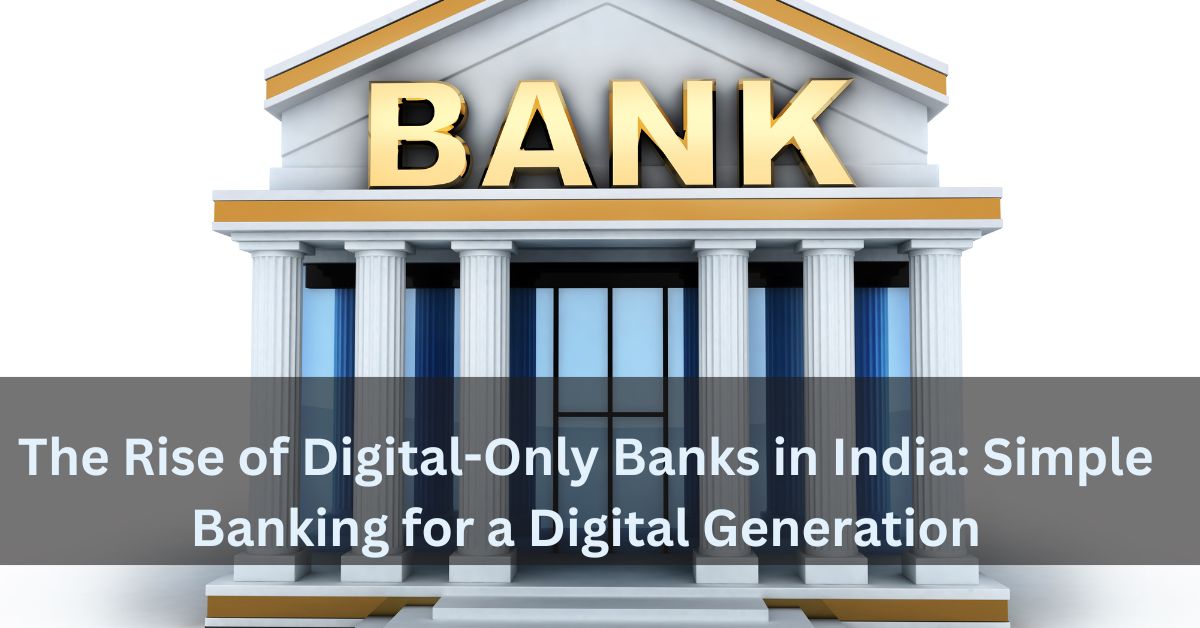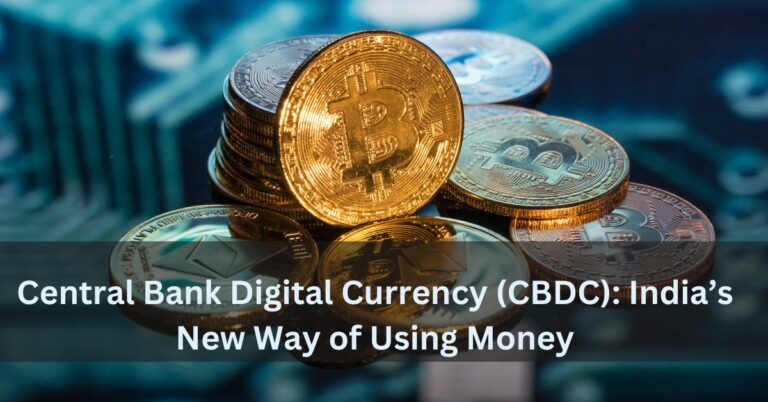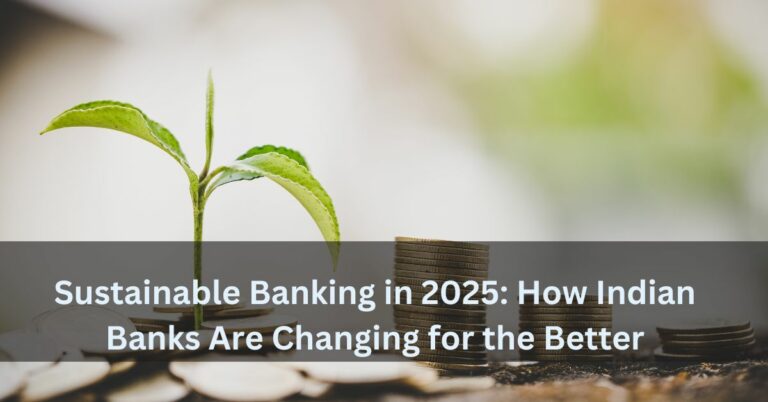The Rise of Digital-Only Banks in India: Simple Banking for a Digital Generation
Banking in India is no longer what it used to be. Long lines, branch visits, and paperwork are slowly becoming things of the past. A new type of banking is growing in popularity—digital-only banks. These banks don’t have any physical branches. Everything happens on your phone or computer. From opening an account to managing your savings, all it takes is a few taps.
In this article from Tech Bullion, we’ll explain what digital-only banks are, why more Indians are using them, and what you should keep in mind if you’re planning to open a digital bank account.
What Is a Digital-Only Bank?
A digital-only bank, also called a neobank, is a bank that works entirely online. It does not have any physical branch that you can visit. You open your account, check your balance, send money, pay bills, and do everything else using an app or a website.
Some well-known names in India’s digital banking space include Jupiter, Niyo, Fi Money, and RazorpayX. These banks often work with traditional banks in the background to provide the required licenses and support. But from your side, all the interaction happens online.
At Tech Bullion, we’ve been tracking how digital banking is changing the way people handle their money.
Why Are People Choosing Digital-Only Banks?
1. Simple Setup
You can open an account from your home in just a few minutes. You need your Aadhaar number, PAN card, and a phone with the internet. You don’t have to fill long forms or visit any branch.
2. No Extra Charges
Most digital banks don’t ask you to keep a minimum balance. Many of them also offer zero charges for basic services. Since they don’t run branches or hire staff across cities, their costs are low—and those savings are passed on to users.
3. 24/7 Banking
You don’t have to wait for bank hours. Your bank is open all the time. Whether it’s early morning or late night, you can check your account, pay bills, or send money whenever you want.
4. Useful Tools
Some digital banks give you tools that help you track your spending, set budgets, and plan your savings. This is helpful for people who want to take control of their money without using extra apps.
For more simple tips on digital tools and money management, visit Tech Bullion.
Who Should Consider a Digital-Only Bank?
Digital-only banks are perfect for:
- Students and young working professionals
- People who prefer mobile apps over visiting branches
- Those who want to avoid hidden charges
- Anyone who likes tracking their money on the go
If you do most of your banking online already, switching to a digital bank can make things even easier.
Is It Safe?
This is a common question—and the answer is yes, digital banks are safe, as long as you are careful. These banks follow rules made by the Reserve Bank of India (RBI). In fact, many digital-only banks work under the license of RBI-approved traditional banks.
They also use strong security systems like app locks, OTP-based login, and secure connections. But as always, you should never share your PIN or passwords with anyone. Also, avoid clicking on unknown links or logging into your account from shared computers.
Few Things to Keep in Mind
1. No Branch Support
Since these banks are fully online, you can’t walk into a branch to get help. All support is through chat, email, or call.
2. Cash Deposits Can Be Difficult
If you receive money in cash often, depositing it into your digital-only bank account might be tricky. Most of these banks don’t have ATMs or deposit facilities.
3. Limited Services (for now)
Some digital-only banks still don’t offer services like fixed deposits or home loans. So if you need more than basic banking, you might still need a traditional bank account.
You can stay updated about what’s new in digital banking by checking Tech Bullion regularly.
Digital Banks vs Traditional Banks: A Quick Look
| Feature | Digital-Only Bank | Traditional Bank |
| Account Opening | Online, quick | Offline or semi-online |
| Branches | None | Yes |
| Minimum Balance | Usually zero | Often required |
| Charges | Low or none | Can be higher |
| Support | App/chat/call | In-person and online |
| Cash Deposit | Not always available | Available |
What Is the Future of Digital-Only Banks?
Digital-only banks are still growing in India, but they are gaining trust fast. As more people become comfortable using their phones for payments and banking, these banks are likely to become more common.
The RBI is also working on improving rules and systems for digital banking. So, we can expect more support for these banks in the future.
Traditional banks are also learning from this. Many of them are now adding better mobile features and cleaner apps. So, in the future, your bank might be a mix of both—a strong physical network and smart online services.
Final Words
The rise of digital-only banks shows that Indians are ready for a change. These banks are easy to use, cost less, and offer banking from anywhere. They may not yet replace traditional banks, but they are a good option for people who want simple and smart banking.
Whether you’re a student, a working professional, or just someone who wants to avoid extra charges, digital-only banks are worth checking out.
At Tech Bullion, we bring you clear and useful updates on the future of banking, personal finance, and how technology is changing the way we manage money. Keep visiting us for more such helpful stories.
Tech Bullion is your place to stay informed without getting lost in complicated words or confusing advice. Start learning today and stay one step ahead.







